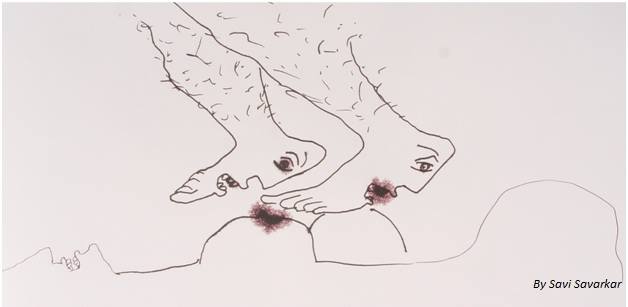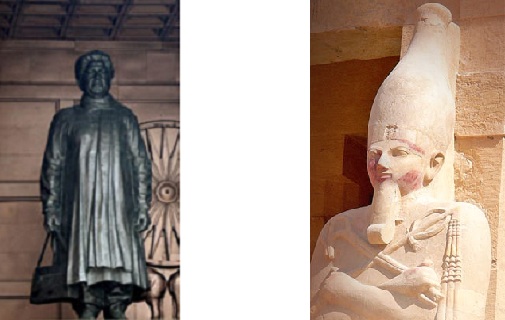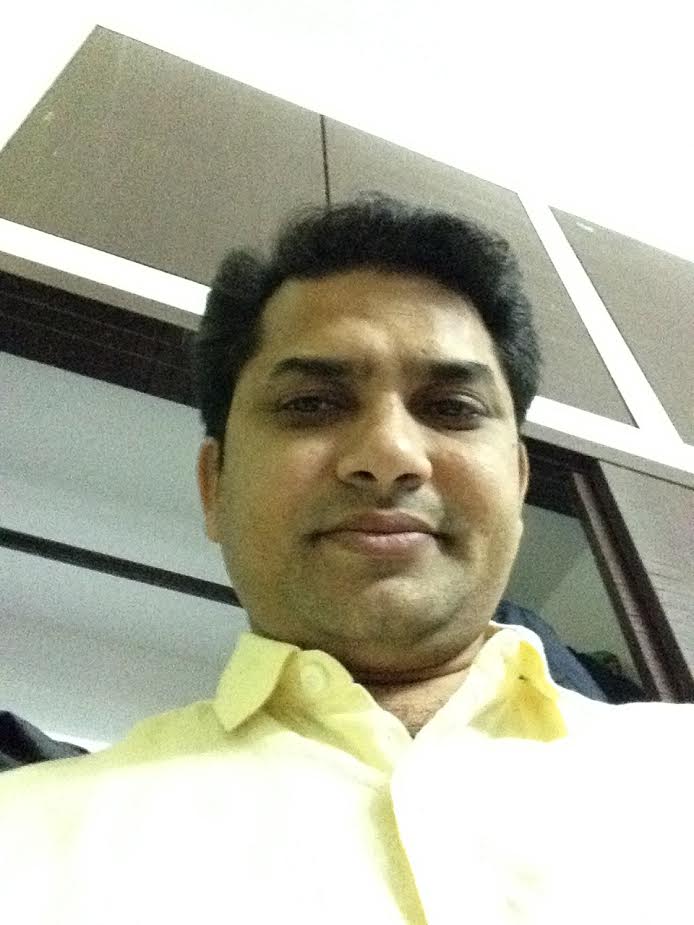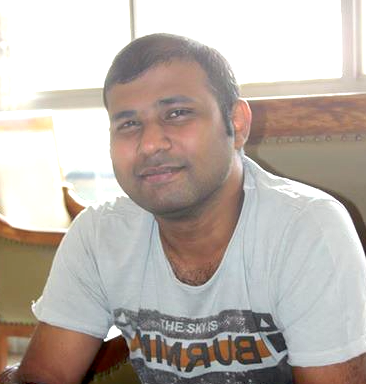Priyadarshi Telang
It is debatable whether capital punishment will curb rapes in Delhi. Nonetheless, it’s good that the Delhi high court has convicted all four accused and given capital punishment. I am not trying to compare the Delhi gang-rape and the Khairlanji cases, both were heinous. I am trying to reflect on the responses of the media, state, police, judiciary and the so-called civil society.
Cases in brief
The ‘Nirbhaya’ case involves the rape and murder of a student on 16th December 2012 in Munirka, New Delhi. A 23 year old female physiotherapy intern was beaten and gang-raped by six in a bus in which she was travelling along with her male friend. She died due to injuries thirteen days later while undergoing emergency treatment in Singapore.
In Khairlanji, on 29th September 2006, Priyanka (17) and her mother Surekha (40 yrs) Bhotmange were stripped, paraded naked, raped repeatedly and killed. Surekha’s son Roshan (21) and Sudhir (19) were lynched. The entire village was involved along with politicians from NCP and BJP. Priyanka was an NCC student and studying in class 12th; Sudhir, left his BA studies in final year, owing to impaired vision and Roshan was doing his computer course. Priyanka was a good student, she was even felicitated by the villagers for securing good scores in 10th class. The four naked bodies were dumped into a canal.

Let’s look at the responses from various institutions and organizations.
Media
If you google ‘nirbhaya case’ today, you get 2,600,000 results in 0.18 seconds. On the other hand, if you searched for ‘khairlanji case’ you would get 16,000 results in 0.33 seconds. Considering, Khairlanji case happened in 2006, and individuals or organizations might have removed (some of the material uploaded) – like YASHADA, which removed the fact finding report, published by the then Nodal officer for PoA in Maharashtra – even then, the results show more activism by netizens in the case of Nirbhaya, and not in the case of Priyanka. Dalit youths need to be more active on the internet and explore all the possible sites to report crimes against Dalit women. This has happened to some extent now, as you can see when you google ‘jind case’, but it should be aggressively done to remove the massive prejudices in mass media.
Dalit presence in the media is poor, and therefore the chances of news regarding Dalits appearing are less. But worse, the news which was reported in the case of Khairlanji tried to assassinate the character of Priyanka’s mother. Even when the dalits register their protest in a democratic way, they are hardly reported and when shown, the media depicts them as committing riots and disturbing law and order.
It is good that the media did not take such a stand during the protests and candle light marches across India in the ‘nirbhaya’ case. And kept the flame burning, so as to build pressure on the state and other agencies to curb violence against women. Albeit, if a little bit of integrity and honesty had been shown in the case of Khairlanji, the (accused in the) case would have been convicted by the Supreme Court long back.
State and Police
After protests by Dalits across various part of India, for the first time in the history of India, Prime Minister Dr. Manmohan Singh while delivering a speech at the Dalit-Minority International Conference, New Delhi, on 26th December 2006, said, ‘Untouchability is a blot on Humanity’. UPA chairperson did send a fact finding team after two months of the incidence, and responding to Priyanka’s case said to Bhaiyalal Bhotmange, ‘Meri beti ka naam bhi Priyanka hai, mein nyay dila ke rahungi’. But in order to curb crimes against dalits and tribals, the union cabinet does not clear the amendment on Scheduled Caste and Scheduled Tribe (Prevention of Atrocities) Act. Sonia and Rahul Gandhi want to just make use of dalits for votes and not to protect them. The demand for amending the Act had been raised by various dalit organizations for the past 4 years – if Madam Sonia Gandhi had thrown her weight behind the amendment bill, she would have helped to prevent and punish the perpetrators.

It is good that during the protests and candle light marches, though the police might have used canes in some places to disperse the public, there were no cross-complaints and arrests or firings. It is common experience of dalits that police intervention does not help them. Nor do the police arrest the perpetrators. On the contrary, the complainants are charged with robbery, stopping officers while performing duty, destroying public property and put behind bars. Thousands of such complaints were lodged during the Khairlanji protests, and in the Jind case heavy lathicharge by the police was witnessed. Maharashtra Home Minister Mr. R. R Patil even went to the extent of saying that naxalites were suspected to be behind the protests. The police went further and labeled dalits as ‘naxals’ to suppress any kind of democratic dissent and put them behind bars. ‘Nirbhaya’ case protestors at Jantar Mantar and India Gate did not go through such agony and pain.
Judiciary
Verdict of the September 2006 Khairlanji case was announced on 15th September 2008, 2 years after the incidence. The Bhandara sessions court had held eight people guilty out of whom six were given death sentence and two life imprisonment and three were acquitted. On July 2010, the Nagpur Bench of the High Court changed the death penalty to a 25 years rigorous imprisonment. To the fury of injustice felt by dalit organizations the court ruled that the murder resulted from an act of revenge and was not caste related. The case is now before the Supreme Court, 7 years after incidence.
Considering the pendency, the court gave verdict on Delhi gang rape case in 9 months. While delivering the verdict the judge said ‘Death to all’. Hope the lower court judgment will not be set aside and there will be no relaxation in punishment in the High Court.
Civil Society
There is a large section among Indian society who claim they are progressive on social issues. However, when it comes to caste, they conveniently leave the battle to dalits. There are many examples which can be cited: from Gujarat to Afzal Guru, they show a lot of sensitivity, but when it comes to caste atrocities, it disappears. Hope in the near future when a protest is called by the Dalit Mahila Adhikar Manch, civil society would not turn uncivil.
~~~
Priyadarshi Telang works with Manuski.
Painting by Savi Sawarkar. Cartoon by Unnamati Syama Sundar.










